Almond milk, cashew milk, oat milk, rice milk, coconut milk—there are so many “alternative milks” out there…and that’s just a few of them!
A few years ago, I decided I wanted to take measures to reduce waste in my home and one of the easiest ways for me to do that was to cut back on plastic and packaging by making my own dairy-free milk.
I prefer to opt for alternative milk over dairy for several reasons: less waste, fewer chemicals, and overall better digestion, to boot.
(Though don’t get me wrong, I love a good cheese!)
However, focusing on ways that I could reduce waste and be more environmentally conscious at home was reason enough and so began my foray into the world of making alternative dairy-free milks at home!
If you’ve thought about this idea before but didn’t know where to start or the concept scared you—I completely understand. So don’t you worry, I’m going to walk you through how I make my own alternative milk for 50 cents.
Here is my beginner’s guide on how to make plant-based milk at home!

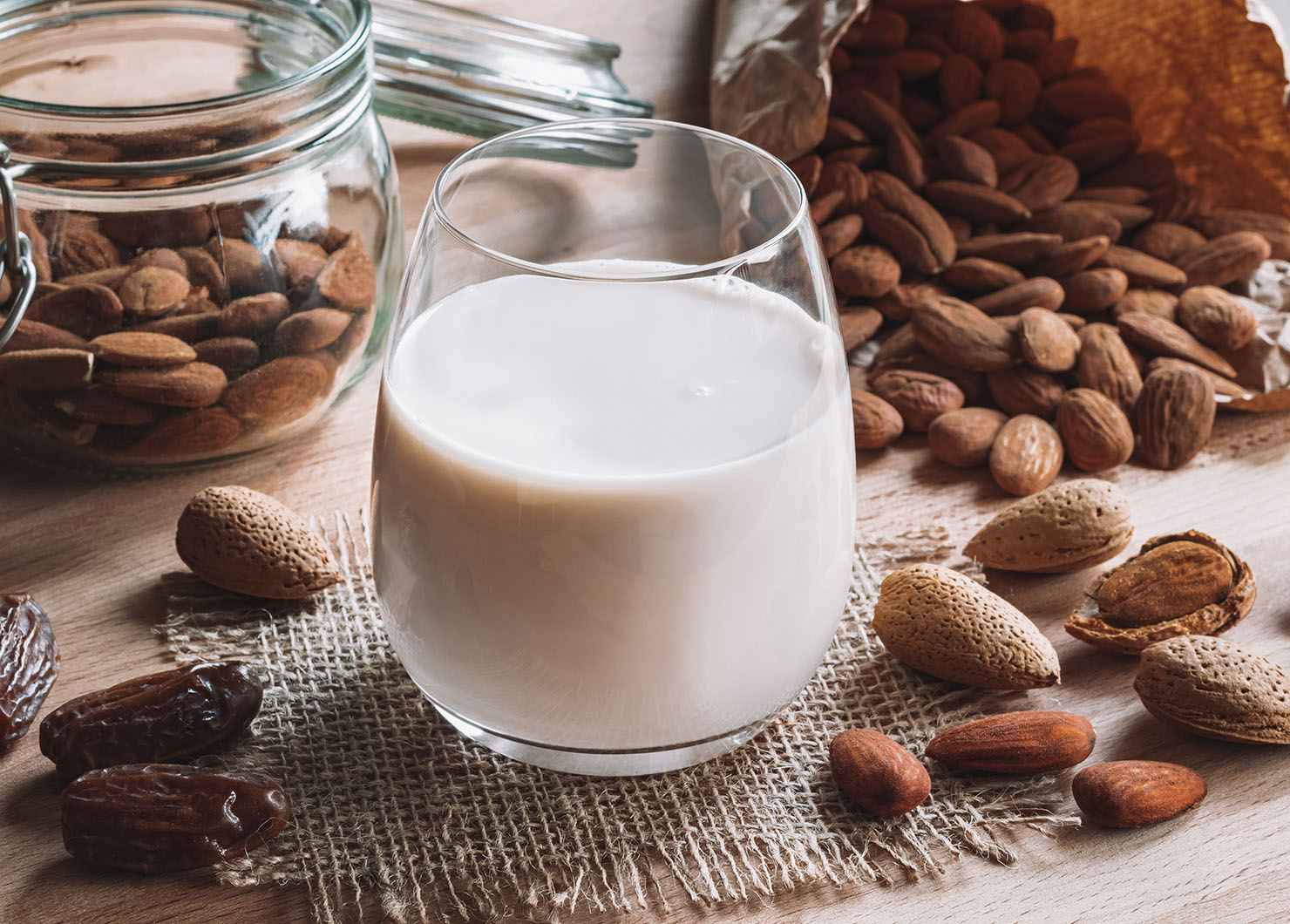
Why Make Alternative Milk at Home?
I touched on this a little above, but one of my number one reasons for wanting to make my own nut milk at home was to reduce waste. In the past, I would quickly go through packages and cartons of almond milk and wasn’t too keen on how quickly both my trash and recycling cans were piling up.
51 trillion pieces of plastic are in the world’s oceans—and that’s just plastic.
If you think that number is staggering, consider all the other paper packaging that piles up and where it comes from. While I know we can’t solve these issues overnight—every little bit helps and when we can make “easy” adjustments in our daily life, it’s much easier to make them stick.
I knew there had to be a better way!
While I made the switch to store-bought almond milk in place of cow milk, I wasn’t too fond of how many chemicals and preservatives were pumped in to give it a longer shelf life.
Did you know that some of the leading brands of store-bought almond milk only contain 2% of almonds?
Ultimately what you’re paying for is water, sugar, carrageenan, sunflower lecithin, and the packaging.
No thank you.
My reasons for making my own alternative milk: less waste, less plastic, fewer chemicals, less expensive!
Image courtesy of The Earthing Co Instagram
Rankings for Plant-Based Milk
Curious as to which plant-based milks are best for the environment? Making the switch from dairy milk to an alternative is great to cut down carbon emissions, but there are some other things to consider that go into making plant-based milks: the amount of water, land, impact on the environment.
All non-dairy alternative milks produce less emissions than cow’s milk—no matter if they’re made from beans, nuts, or seeds.
While there are some reports about how almond milk might not be the best for the environment due to how much water it takes to produce (true), it is still way, way less than dairy.
Just to give you an idea, the Natural Resources Defense Council (NRDC) highlights that in order to raise a dairy cow, you’ll need to provide enough grain to feed them for the entirety of their lives. That grain requires pesticides and water, along with land. On top of that, cows emit tons of greenhouse gases.
At the end of the day, the goal is to cut down on waste and environmental impact.
There’s no perfect way to environmentally conscious, the goal is for everyone to be imperfectly conscious. And if switching from dairy means you only drink almond milk—that’s still a huge improvement if you want to compare almonds and the beef/dairy industry on water consumption and pollution.
What I Personally Use
So, while almond milk is a fantastic switch to make if you’ve never tried plant-based milks, I would highly encourage you to look into other alternatives, too! Consider cashew or oat milk. 🙂
Creamer: Oat Milk
Baking: Almond Milk, Flaxseed Milk, or Oat Milk
Drinking: Hemp Milk or Rice Milk (for anyone with intolerances to dairy or soy, these are a great alternative and reduce your waste)
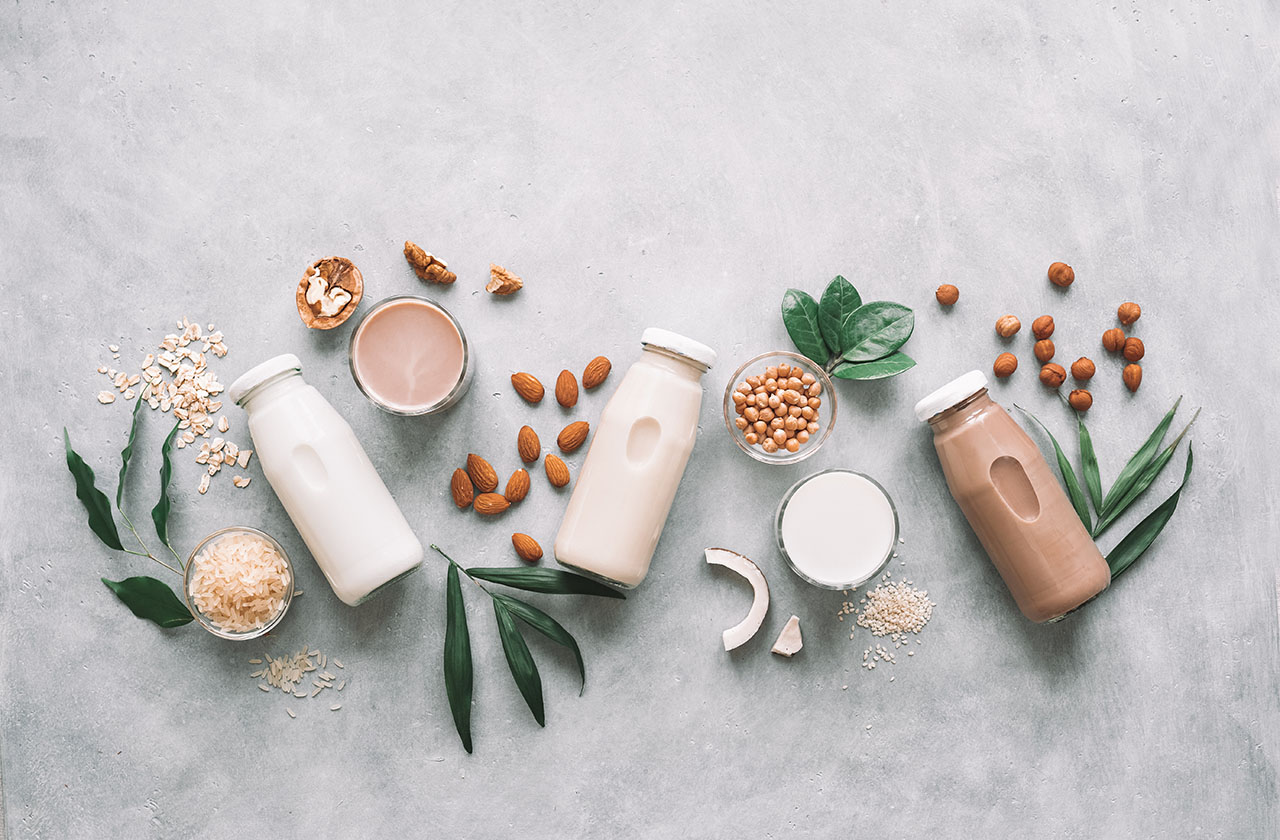
Quality of Ingredients
As with many things, the quality of ingredients is super important—especially if one of your reasons is to avoid pesticides and other chemicals.
Almond Cow sells bulk organic ingredients for an affordable price. I definitely recommend them as a source of bulk ingredients.
Here are a few other sources:
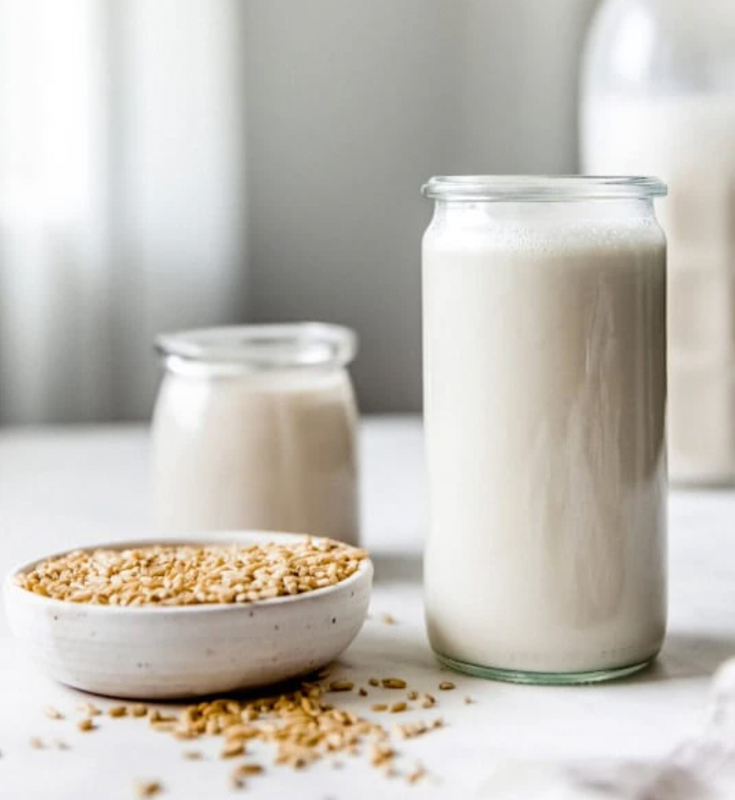
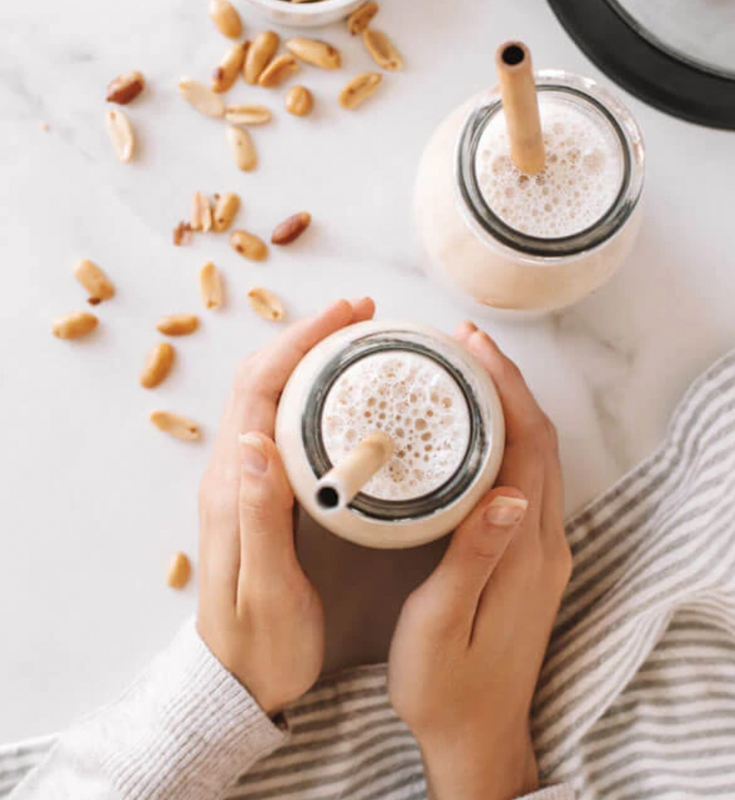
Almond Cow “Milk” Maker
Since spending so much time at home and trying to reduce the number of trips out to the grocery store (along with many things being unavailable), making alternative milks at home has been a real saving grace!
So, this might just be a good solution for you, too!
If you’re looking for a “fun” item to add to your kitchen to make plant-based milks, I purchased my Almond Cow last year and it has turned out to be a great investment! (Just because “almond” is in the name doesn’t mean you can only do almond milk—the Almond Cow is FANTASTIC for so many different plant-based milks.)
As long as I have some nuts or grains on hand, I can make my own milk in minutes.
You can use any nut, seed, or grain to make homemade plant-based milk—it makes 5-6 cups of fresh milk at the touch of a button and with no icky preservatives, chemicals, or waste!
While it is an investment upfront, I personally think it’s worth it!
Use discount code ‘KIERSTEN’ for $20 off an Almond Cow order of $200 or more.
Almond Cow’s website has lots of recipes for different milks, drinks, and snacks using the machine, too! So take a look for some inspiration. 🙂
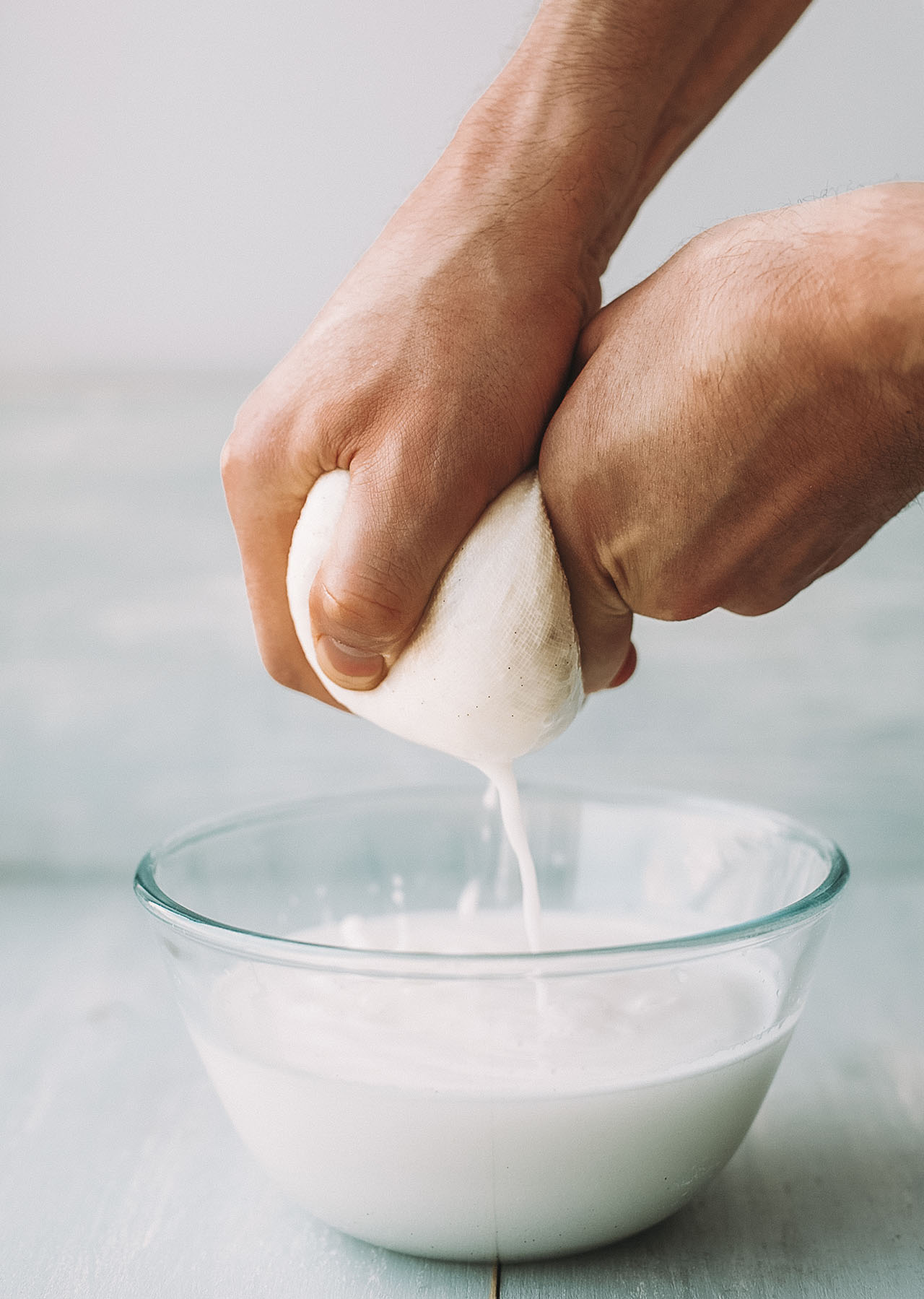
DIY Plant-Based Milk Recipes
Here are a few DIY “milk” recipes to try!
(Don’t worry—it’s not as scary as it seems!)
Homemade Almond Milk
Ingredients:
- 1 cup of soaked raw almonds (let soak for about 4-6 hours)
- 4 cups of water (preferably filtered)
- *Nut Milk Bag or Cheesecloth to strain
Instructions:
- After letting the almonds soak for 4-6 hours, drain and rinse them. Put the soaked almonds and 4 cups of fresh, filtered water into the blender.
- Blend until the almonds are as broken down as possible and the milk has a creamy looking consistency.
- Use a nut milk bag or cheesecloth to strain the almond milk—removing the pulp. Squeeze well to extract as much liquid as possible!
- Almond milk can be kept in the fridge in an airtight container for up to 4 days. (If you are freezing leftovers—these are good for about 3 months.)
*Note: If you’d like to make this a bit sweeter, add in 1 tablespoon of vanilla extract, 2 pitted dates, and 1 tablespoon of coconut oil into the mix and blend!
Vanilla Hemp Milk
Ingredients:
- 1 cup of hemp seeds
- 3 1/2 cups of filtered water
- 4 Medjool dates (pitted)
- 1/2 Teaspoon of vanilla extract
- *No strainer necessary!
Instructions:
- Combine all the ingredients in the blender and blend on high until smooth and creamy.
- Store in the fridge in an airtight container for up to 5 days—if the ingredients begin to separate a little bit, just give the jar a light shake.
*Note: Because hemp seeds naturally have a bit of a “grassy” flavor, the vanilla in this is really nice to combat it!
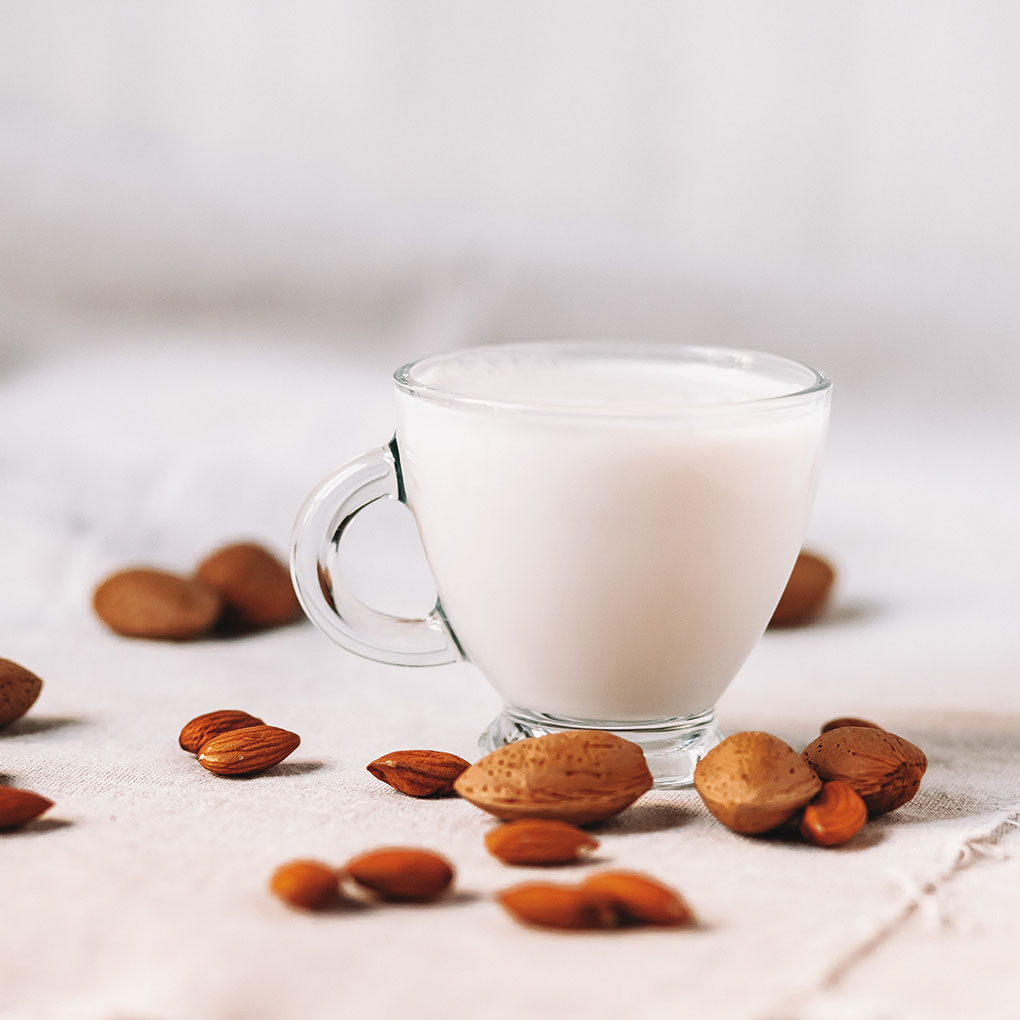

Oat Milk (Great for Coffee Creamer)
Ingredients:
- 1 1/2 cups of organic rolled oats
- 3 cups of filtered water
- 3 Medjool dates (pitted)
Instructions:
- Combine ingredients in the blender and blend until smooth (about 15-20 seconds).
- Pour the milk through a strainer into a sealable container and store in the fridge for up to 5 days!
Those recipes aren’t so scary, are they?
Overall
While you do have to purchase some ingredients if you don’t have them on hand (the plant-based ingredient of your choice: almond, oats, hemp, coconut, etc., a blender, a nut milk bag or strainer, and mason jars)—it ultimately becomes less expensive to make your own plant-based alternative milk at home.
And when you break it down—it costs around 50 cents per batch!
Plus, less chemicals and less waste!
Have you made any alternative milks before? If so, I would love to hear about your experience and sample your recipe!
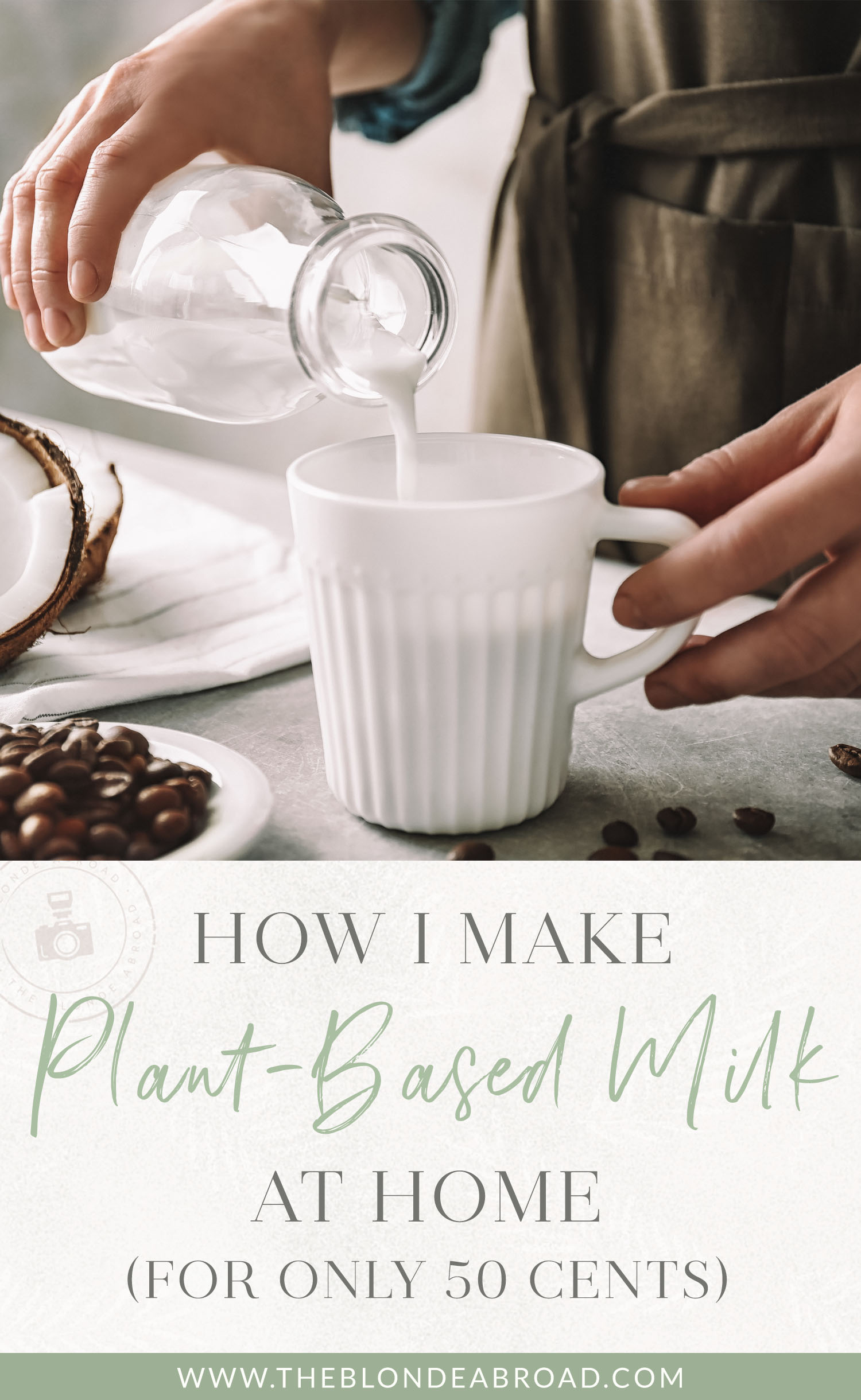


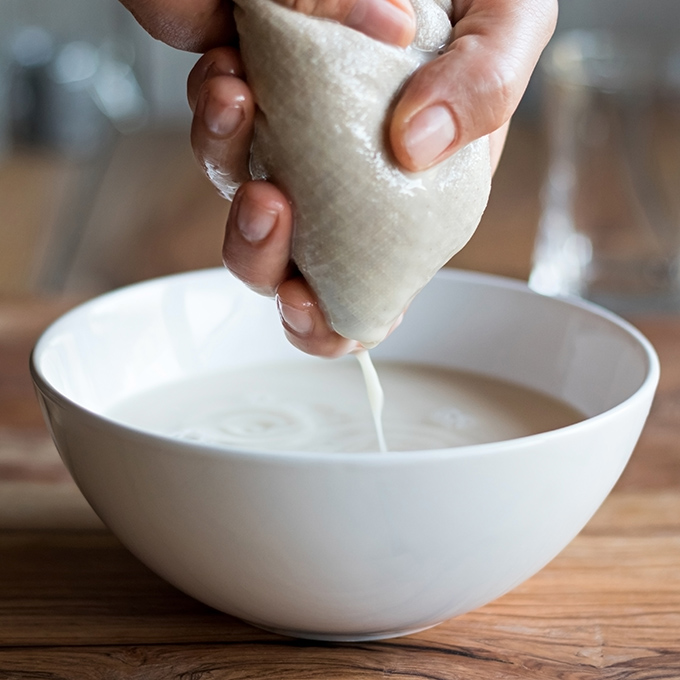

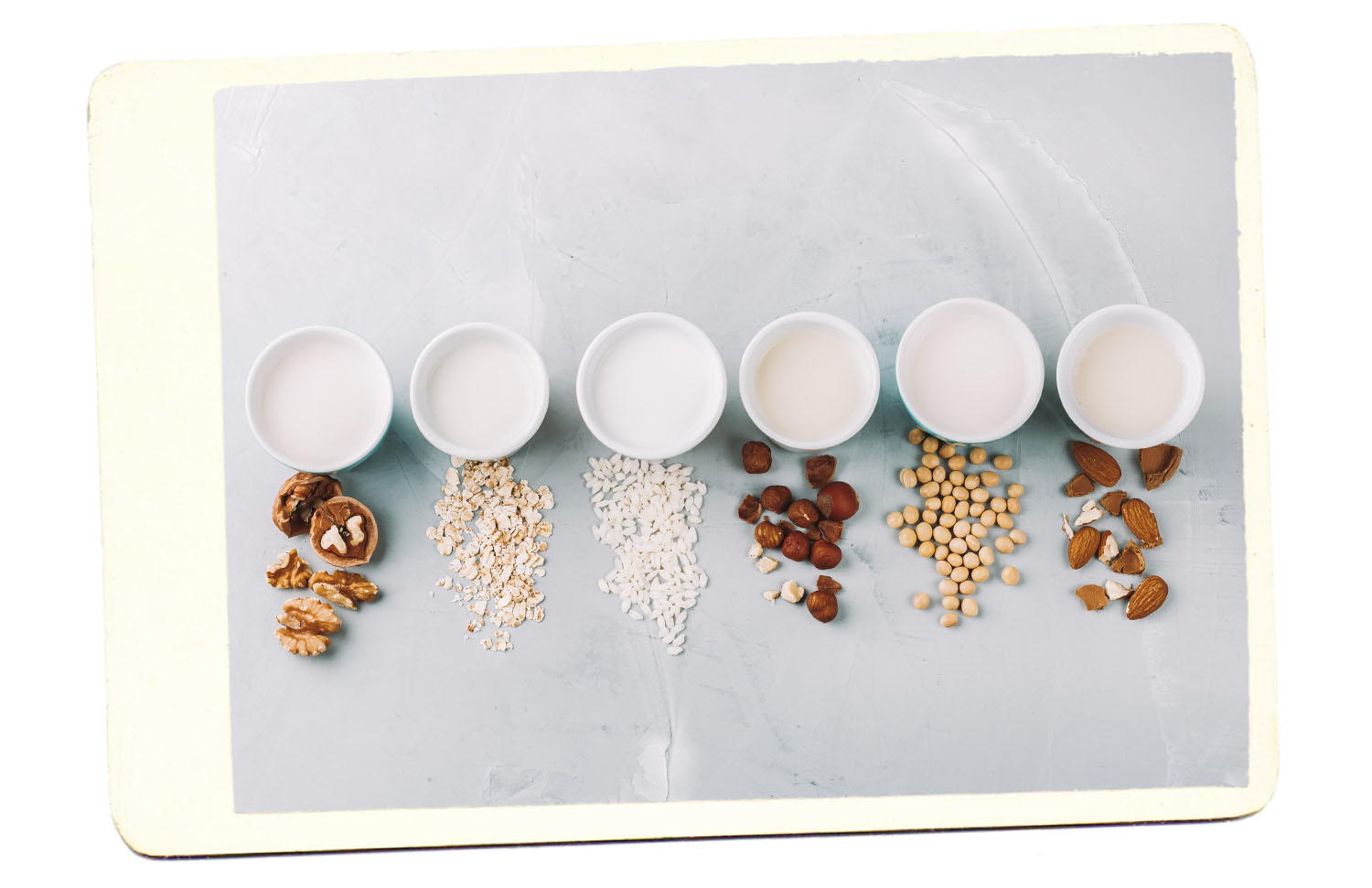
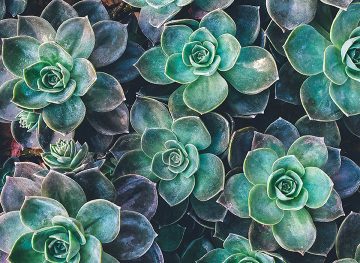


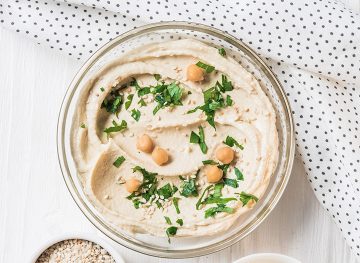






I just say… Can i have a cup of milk?
There’s a bit of prep work but so worth it, in my opinion! 🙂
These are great options! We’ve definitely been considering it since we only drink plant based milk. Thanks for sharing!
Glad to hear it, Katerina! Do you have a favorite or any recipes you love?